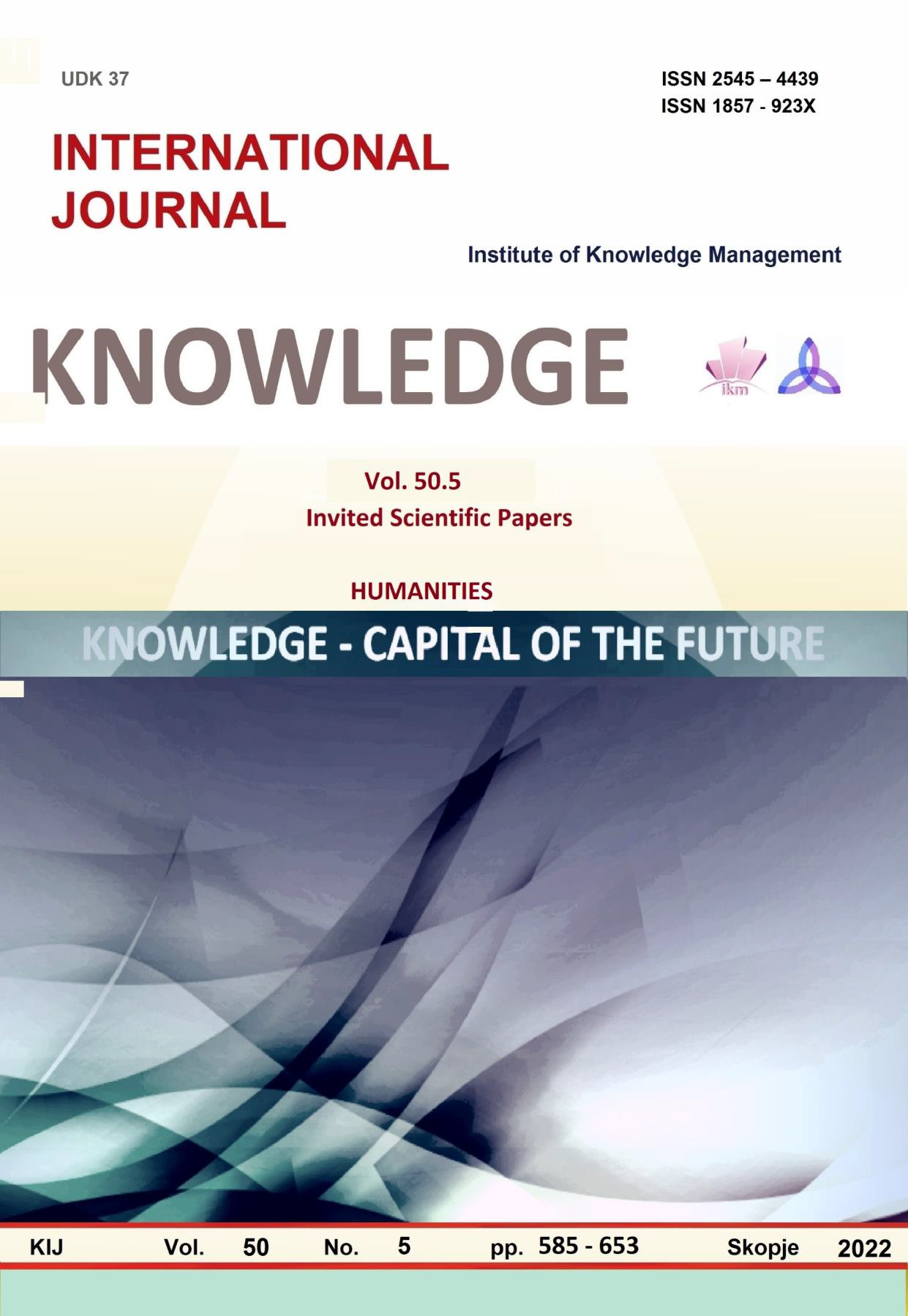FUGA XII IN FIS FROM PAUL HINDEMITH’S LUDUS TONALIS
Keywords:
Paul Hindemith, fugue, counterpoint, sonata form, neoclassicism, baroqueAbstract
In constant battle for artistic independence, a composer encounters numerous obstacles. One of them is the fact that a single work is always compared to countless other traditional musical creations. For a work to be specified as innovative and original, it needs to utilize a new form, organized into a compact system. This provokes a question: how to maintain a connectivity to tradition and at the same time strive towards a unique expression? The connection between Hindemith’s music and established canons is observable in his Ludus Tonalis cycle. This cycle of fugues is obviously an homage to Bach’s Well-tempered clavier, as well as to Bach’s collection The Art of Fugue. There are similarities to both of these collections, the fugues are arranged according to a set sequence of tonalities, and all tonalities are provided (although it lacks the major and minor variants of a tonality, rather in C, in G), and the themes in fugues are provided in different types of imitations and forms. Liberated from tonal way of thinking and “reckless” harmonies, Hindemith enables a wider range of possibilities for using counterpoint techniques. Fugues in Ludus Tonalis are organized in a particular order, which is a product of Hindemith’s principle of musical thinking based on acoustic facts, and twelve fugues were enough to encompass all of the notes, i.e. tonalities. Each of twelve fugues possesses a unique characteristic, that improves and upgrades the baroque form of fugue, which is best observed in fugues with multiple themes (triple fugue in C, double in A, double in F-sharp). Each theme possesses expressivity, either melodic or rhythmic. In the development parts of the fugues, different counterpoint techniques are visible, such as theme inversion, its retrograde movement or retrograde inversion, and these different aspects of the theme could be found in the stretto. The final entry starts in a subdominant tonality, although it’s mostly in main tonality. The final entry can even be the exposition reprise. Intermediate sections are often assembled from theme material, a large number of them is sequentially built. In certain fugues we encounter repetition of intermediate sections (Fugue in G, Fugue in A sharp, Fugue in B flat), that serve not only to connect different parts, but have a larger degree of autonomy. An interesting fact is that in the entire cycle there is no permanent countersubject which occurs with every theme onset. There are countersubjects that occur accompanying the theme, once or twice. Fugue in F sharp brings upon an unusual technique – combination of double fugue and a sonata form. I.e., its parts remind of parts of a sonata form, and themes do not occur simultaneously. The second theme is initially exposed in dominance, later in main tonality, which resembles the exposition of the second theme in a sonata form.
References
Despić, D. (2002). Harmonija sa harmonskom analizom. Beograd, Srbija. Zavod za udžbenike i nastavna sredstva
Ellenberger, K. (1997). Hin und zuruck – Hindemith recycles in Ludus tonalis. Alberta, Canada. New Music & Arts Review
Heveler, K. (1998). Muzički leksikon. Novi Sad, Srbija. Matica Srpska
Hindemith, P. (1942). Ludus tonalis. The Classical Music Sheets Library Project, http://nlib.narod.ru/
Hindemit, P. (1983). Tehnika tonskog sloga (prevod Vlastimir Peričić). Beograd, Srbija. Univerzitet umetnosti
Noss, L. (1989). Paul Hindemith in United States. Chicago, IL. Urbana and Chicago, University of Illinois
Peričić, V. (1987). Instrumentalni i vokalno-instrumentalni kontrapunkt. Beograd, Srbija. Univerzitet umetnosti
Skovran, D. & Peričić V. (1991). Nauka o muzičkim oblicima. Beograd, Srbija. Univerzitet Umetnosti
Thompson, W. (2004). The Great Composers. London, UK. Hermes House
Vlahopol, G. (2010). Baroque reflections in Ludus Tonalis by Paul Hindemith. Recent advances in acoustic & music





